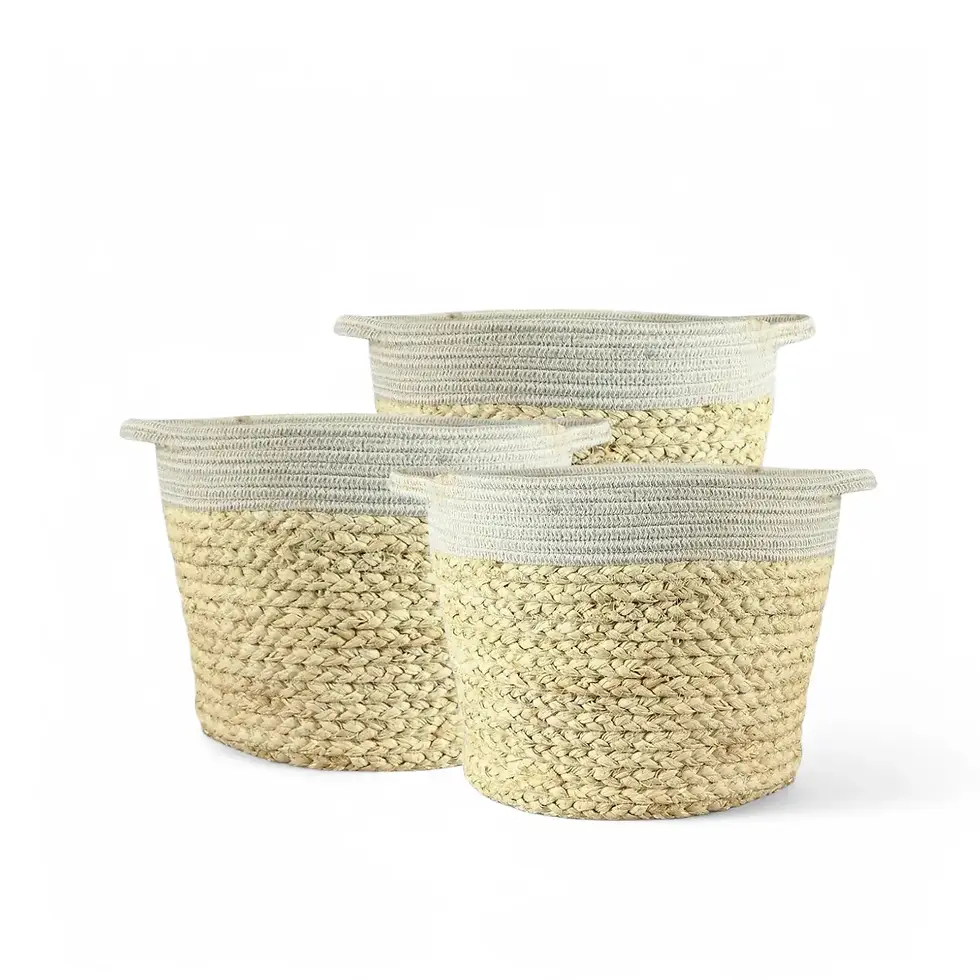Marginatocereus marginatus – Care, Growth, and Practical Uses
Tall, structured, and remarkably resilient, Marginatocereus marginatus, also known as the Mexican Fence Post Cactus, is an architectural columnar cactus native to central Mexico. This striking species features upright, unbranched stems, growing up to 15 meters in the wild and around 4 meters indoors. Its smooth, dark green stems are lined with 5 to 7 well–defined ribs, each adorned with small, yellowish spines. During spring, this cactus produces pink to greenish flowers, followed by spiny, reddish fruits in late spring to early summer. Thanks to its drought tolerance, moderate growth rate, and minimal care requirements, it is ideal for both ornamental and practical purposes, such as living fences and privacy screens.
Key Features of Marginatocereus marginatus
- Tall, Columnar Growth: Can grow up to 4 meters indoors and significantly taller outdoors.
- Architectural Appeal: Dark green stems with 5–7 distinct ribs and rows of small spines.
- Seasonal Blooms and Fruits: Produces pink to greenish flowers in spring, followed by spiny, reddish fruits.
- Low–Maintenance: Thrives on minimal watering, perfect for busy plant owners.
- Functional Uses: Popular in Mexico as a living fence and natural security barrier.
Natural Habitat and Growth Behavior
Marginatocereus marginatus is native to central Mexico, thriving in warm, arid to semi–arid climates. It is frequently cultivated for its rigid, upright growth, making it a natural windbreak and erosion control plant.
- Climate: Prefers warm, dry regions with moderate rainfall.
- Growth Habit: Upright and columnar, forming dense, vertical clusters.
- Growth Rate: Moderate to fast, around 30–45 cm per year.
- Toxicity: Mildly toxic if ingested; keep away from pets and children.
Comprehensive Care Guide for Marginatocereus marginatus
>Optimal Placement and Light Requirements
- Thrives in full sun with 6–8 hours of direct light daily.
- Indoors, place near a south–facing window or supplement with grow lights.
- Acclimate gradually to outdoor sunlight to prevent sunburn.
>Watering Guidelines to Prevent Root Rot
- Allow soil to fully dry between waterings.
- Summer: Water every 2–3 weeks.
- Winter: Water once a month or less if kept dormant.
- Avoid overwatering; ensure proper drainage.
>Humidity and Airflow Preferences
- Prefers low humidity; avoid misting.
- Ensure good air circulation to prevent fungal issues.
>Soil and Repotting Tips
- Use fast–draining cactus soil with added perlite or pumice.
- Avoid moisture–retaining substrates like peat; opt for coco coir.
- Repot every 2–3 years to refresh soil and accommodate root growth.
>Fertilizing Tips for Healthy Growth
- Apply a low–nitrogen cactus fertilizer once a month during spring and summer.
- Avoid fertilizing in winter to prevent overstimulation.
>Propagation Methods: Seeds and Cuttings
- Stem Cuttings: Allow cut ends to callous before planting in dry soil.
- Seeds: Require warmth and humidity to germinate but grow slowly.
>Pruning and Maintenance Tips
- Prune sparingly; remove damaged or diseased stems as needed.
- Minimal pruning promotes natural, upright growth.
Common Problems and Effective Solutions
- Pests: Treat mealybugs and spider mites with neem oil or insecticidal soap.
- Root Rot: Use fast–draining soil and water sparingly.
- Sunburn: Acclimate gradually to prevent scorching.
- Fungal Issues: Ensure good ventilation and avoid overwatering.
Practical Uses of Marginatocereus marginatus
- Natural Fencing: Effective for privacy and security barriers.
- Landscaping: Ideal for xeriscaping and drought–tolerant gardens.
- Erosion Control: Stabilizes soil in arid areas.
- Low Water Requirements: Suited for low–maintenance landscapes.
Etymology of Marginatocereus marginatus
The species Marginatocereus marginatus was initially described as Cereus marginatus by Augustin Pyramus de Candolle in 1828. Later reclassified under the genus Marginatocereus in 1941, the name derives from Latin, meaning "margined cactus," referring to the distinct, ribbed growth pattern.
FAQs About Marginatocereus marginatus
- How fast does it grow? Moderate to fast, about 30–45 cm per year with optimal care.
- Does it need staking? Young plants don’t need support, but taller specimens may require staking if potted.
- Can it tolerate cold? Brief exposure to –4°C is tolerable, but prolonged frost causes damage.
Order Marginatocereus marginatus Today!
Enhance your indoor or outdoor garden with the architectural beauty of Marginatocereus marginatus. Order now and transform your space with this striking, low–maintenance cactus!
Marginatocereus marginatus
Marginatocereus marginatus is approximately 90 cm tall and comes in a ⌀ 26 cm pot.






















































